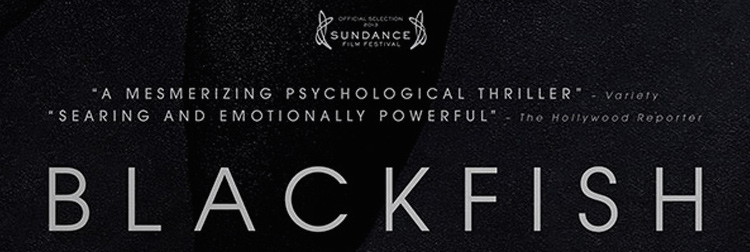SeaWorld Entertainment Inc. (SEAS) is facing a whale (technically, an orca) of a problem. Since the 2013 release of the documentary "Blackfish,” which targeted SeaWorld theme parks, claiming that undersized orca enclosures promoted aggressive behavior (which led to the deaths of many trainers), the company’s stock has literally been sinking. After recently missing revenue expectations on Wednesday, SeaWorld's stock fell 30% after already returning -20% on the year. The stock bottomed out on Thursday, at $18/share, its lowest price since SeaWorld initiated an IPO in April 2013.
In response to the company's lackluster performance, SeaWorld Entertainment Inc. CEO Jim Atchison blamed “negative media attention” for the company’s misfortunes; this could easily be the understatement of the year, especially given the uproar caused by the popular Netflix (NFLX) documentary “Blackfish.” As a result, SeaWorld has now been forced to address its ethical dilemma. On Friday, the company announced it would build larger enclosures for its orcas. But will bigger tanks reverse SeaWorld's tanking stock? This question has investors speculating whether SeaWorld will be able to overcome public backlash, or ultimately succumb to free market demands.
The first thing investors must remember is that SeaWorld's new orca tanks will be costly and untimely: this reality will not have an immediate positive fiscal impact on the company’s performance; in fact, building new tanks will most likely harm SeaWorld's share price in the near-term (since revenues are stagnant, and costs will increase). SeaWorld stated that construction efforts will begin in 2015 and finish by 2018, barring any major setbacks. Even worse, the company has not presented an exact expense prospectus, but projected estimates reach $500 million.
These two variable alone, time and money, paint a grim outlook for SeaWorld over the next 3-4 years. Furthermore, these concerns are compounded by PETA (People for the Ethical Treatment of Animals). In an effort to further tarnish SeaWorld's brand, Spokesman Jared Goodman stated that the new tanks were “clearly a desperate move,” and that PETA's ad campaigns, and demonstrations, will continue until all orcas are released into coastal sanctuaries.
Thus arrives a new question, new tanks aside, “can SeaWorld combat negative press and revive investor sentiment?” From a financial standpoint, the answer is simple: “not yet.” Although the company missed analyst expectations, it's financial indicators improved Y/Y. SeaWorld reported 2014 Q2 net income of $37.3 million, or $.43 per share (short of analyst expectations of $.60 per share), versus a loss of $15.9 million, or $.18 per share, the year prior. Unfortunately this improvement was outweighed by disappointing Q2 revenue of $405.2 million, a 1.5% decline from 2013, and a far cry from analyst expectations of $447.7 million.
Surprisingly, SeaWorld reported a strong gross profit margin of 45%; although high, its 9.21% net profit margin still trails the industry average. To put the aforementioned measurements into context, SeaWorld is indeed growing financially, but not at a rate similar to comparable entities (measured by industry averages). However, this does not mean investors should entirely discount SeaWorld's growth. Conversely, investors should view SeaWorld Entertainment Inc. as a long-term position. If the company retains its present share price, and continues to grow, it will become increasingly evident that investors are trading on hype, not fundamentals. If this is the case, shareholders should expect a future market correction that results in the appreciation of SeaWorld's stock.

